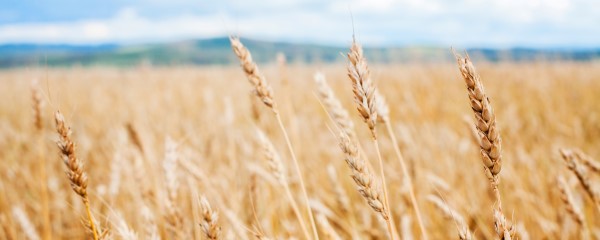
What’s the big fuss about gluten, especially with all of these foods now being labeled as gluten-free?
The study of gluten has gone on for a few decades now, but lately it seems like the gluten-free concept popped up suddenly and has taken over our health discussions and selection of foods.
Firstly, gluten is a protein, found in the seed kernels of the wheat plant. Gluten acts as a glue in foods; it makes bread rise and be fluffy, and dough sticky. In the 1970s, a food shortage occurred, and it was even called a “world food crisis.” To help with hunger, companies started genetically modifying wheat, adding more gluten to wheat so it could weigh more. Now, on the flip side, society felt more full but many bodies over time experienced an adverse effect because of genetic modification.
Gluten severely affects people who have celiac, an autoimmune disease. To those with celiac, gluten damages the lining of the small intestine, causing inflammation in the gut. Those people are generally born with the disease and should avoid gluten in any amount. Though medical statistics indicate that probably less than two percent of Americans have celiac disease.
Others may experience irritating symptoms from over-consumption of gluten including diarrhea, stomach pain, tiredness, bloating and depression. So, if you have ever met anyone who said that they are gluten-sensitive or intolerant now but weren’t before, their bodies, over time, came to reject gluten and now can’t handle breaking it down anymore. So, a battle started inside their body, causing some of the problems mentioned above. This gluten sensitivity is not same as celiac, however, according to the Center for Celiac Research and Treatment in Massachusetts; those with a gluten sensitivity can enjoy small amounts of food containing gluten, but those with celiac should avoid it entirely.
Seeing a physician can help to diagnosis these issues, or you can simply limit your gluten intake to see if you feel better.
You may be saying to yourself, “But I don’t eat many wheat products.” Umm . . . gluten is in a lot of foods and products. To name a few: bread, pasta, beer, cake, soy sauce, ketchup, salad dressings, cereals, spelt, or almost anything made from wheat, barley or rye. Even some cosmetics, shampoos and lipstick contain gluten.
Foods like vegetables, fresh meat, nuts, fruits and dairy products are naturally gluten-free.
Being gluten-sensitive can develop over time and cause problems, as can a variety of other health issues, so always be mindful of what you are eating and drinking. And some foods that are gluten-free may be high in sugars and fats to fill that void.
Without trying to overthink things and complicate your diet too much, take time to read food labels every now and then to see what is really in the foods you consume. While a gluten-free diet is a necessity for some, a preference for some and a fad diet for others, now you have a starting point to decide what is best for you.













